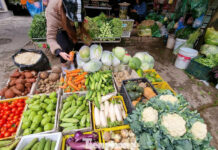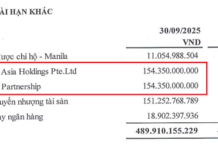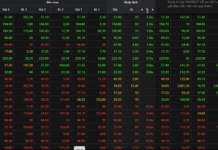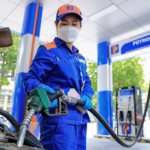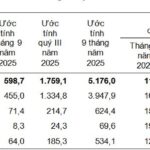Circular 50/2025, issued by the Ministry of Industry and Trade, outlines the roadmap for implementing biofuel blending ratios with traditional fuels in Vietnam. The official timeline is six months later than initially proposed, with the nationwide rollout of E10 gasoline now set for January 1, 2026.
Prioritizing Biofuel Sales
A notable aspect of Circular 50 is the allowance for the continued blending and use of E5RON92 gasoline in internal combustion engines until December 31, 2030. While the circular does not explicitly state the complete phase-out of RON 95 mineral gasoline, the Minister of Industry and Trade will review and adjust biofuel blending ratios, introducing new fuel types to ensure energy security, environmental protection, and consumer rights.
Since August 1, Vietnam National Petroleum Group (Petrolimex) and Vietnam Oil and Gas Group (PVOIL) have piloted E10 gasoline in three major cities: Hanoi, Ho Chi Minh City, and Hai Phong. PVOIL reports a total consumption of approximately 2,300 m³ of E10 RON 95-III since its launch, averaging around 700 m³ per month. PVOIL has expanded its E10 sales to the Central region and plans to further extend operations in Ho Chi Minh City in November.
In preparation for the full transition to biofuel, Mr. Le Trung Hung, Deputy General Director of PVOIL, stated that the company is enhancing infrastructure, blending, and transportation capabilities to increase ethanol storage capacity. PVOIL encourages consumers to adopt E10, contributing to environmental protection.
Mr. Bui Ngoc Bao, Chairman of the Vietnam Petroleum Association, affirmed that fuel businesses are well-equipped to meet the new roadmap. However, quality standards remain a concern.
According to Mr. Bao, Vietnam’s fuel market is complex, with various products and standards, leaving consumers unsure about the appropriate fuel for their vehicles. Many still prefer mineral gasoline (RON95), believing it to be better for their engines. Therefore, Mr. Bao suggests that if E10 biofuel is introduced, mineral gasoline should be phased out.
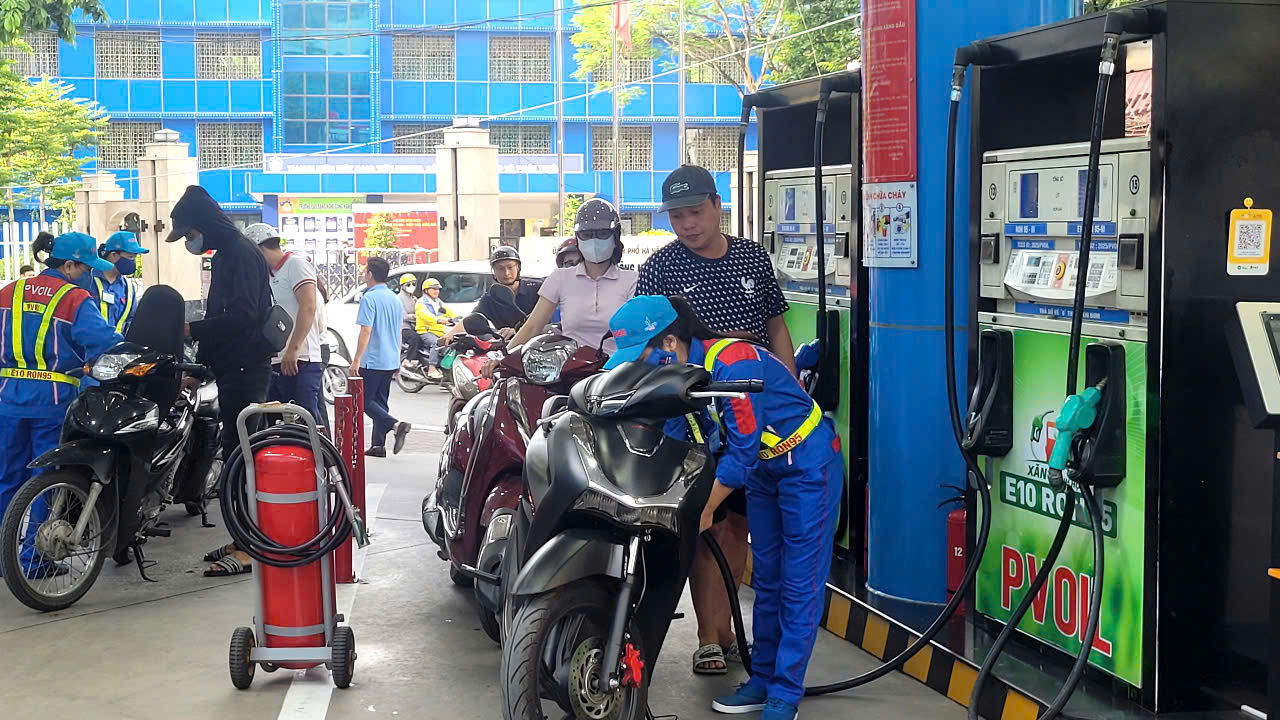
E10 gasoline consumption has significantly increased after pilot programs in several localities.
Ethanol Fuel: No Cause for Alarm
The minimal price difference between RON95 and E10 gasoline has raised concerns that biofuel might follow the decline in popularity seen with E5, which lost market share as consumers reverted to mineral gasoline. Currently, Petrolimex and PVOIL list E10 RON 95-III at 20,150 VND per liter, only 420 VND cheaper than RON 95-III.
However, Mr. Do Van Tuan, Chairman of the Vietnam Biofuel Association, attributes the issue not to pricing but to the base gasoline used for E5 blending, which is RON 92—a lower octane rating than what modern engines require. Consumers increasingly opt for higher RON fuels like RON 95, and even RON 97-98 if available. Thus, the decline in E5 sales is due to the base fuel’s quality, not the biofuel itself.
Mr. Dao Cong Quyet, representing the Vietnam Automobile Manufacturers’ Association (VAMA), noted that most modern vehicles are compatible with E10, but older models produced before 2000 may face issues due to outdated technology. He advocates for a clear communication strategy and upgrading E10 quality to at least Euro 4 standards to build consumer confidence.
Another concern is the domestic supply of ethanol. Mr. Dao Duy Anh, Deputy Director of the Department of Innovation, Green Transition, and Promotion, stated that Vietnam requires over 1 million m³ of ethanol annually for nationwide E10 distribution, a demand currently unmet. However, this is not an insurmountable challenge, as ethanol can be imported from countries like the US, Brazil, Singapore, or South Korea, similar to Vietnam’s past reliance on imported petroleum before the Dung Quat and Nghi Son refineries.
Mr. Duy Anh added that the Ministry of Industry and Trade is considering reactivating dormant biofuel production facilities and expanding imports to ensure a stable supply.
From a market perspective, the Chairman of the Vietnam Biofuel Association highlighted the rapid advancements in global ethanol production technology, which reduce costs and enhance the competitiveness of domestic biofuel prices. Vietnam cultivates hundreds of thousands of hectares of cassava, a primary raw material for ethanol production, much of which is currently exported raw to China. A robust ethanol industry would not only secure biofuel supply but also provide sustainable income for farmers and expand raw material sources. “The biggest challenge is not technical or supply-related but consumer skepticism about quality. For E10 to gain widespread acceptance, stronger communication, transparent standards, and real-world usage demonstrations are essential,” Mr. Tuan emphasized.
The Ministry of Industry and Trade has tasked the Domestic Market Management and Development Department with collaborating with the Ministry of Finance to develop tax policies and financial tools to promote biofuel sales and consumption. Guidelines for pricing mechanisms will ensure E10 prices align with market dynamics while remaining under state regulation.
Separate Roadmap for Biodiesel
Nationwide Distribution of New Gasoline Variant Set to Begin June 1, 2026, Sealing the Fate of RON92
Unleash the power of E10 fuel. This innovative blend, a harmonious fusion of 10% ethanol and 90% gasoline, is revolutionizing the way we drive. E10 fuel offers a cleaner, more sustainable alternative, reducing emissions and contributing to a greener future. Experience enhanced engine performance and efficiency with every fill-up, as E10 fuel optimizes combustion and maximizes power output. Make the switch to E10 and join the movement towards a more environmentally conscious and high-performing driving experience.





